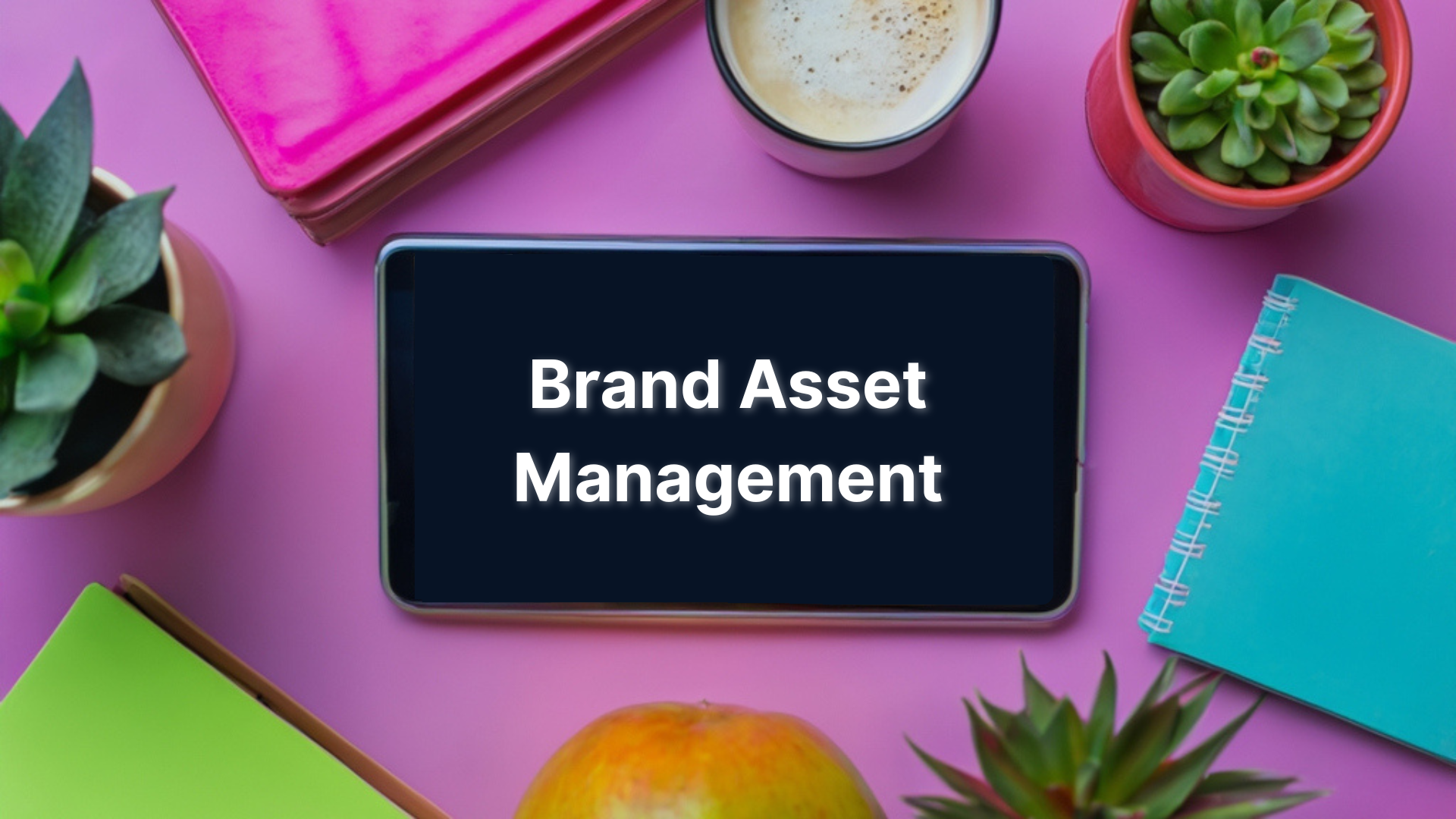
Brand Asset Management Best Practices
Whether you're introducing brand asset management for the first time or optimising an existing system, a successful implementation relies on more than just good software.
It takes clear planning, collaboration, and ongoing commitment to make BAM truly effective. These are key best practices to guide your rollout and long-term success.
Set Clear Objectives and Involve Stakeholders Early
Before diving into folder structures or permissions, take the time to define what you want to achieve with brand asset management. Are you trying to reduce time spent searching for files? Improve brand consistency across departments? Cut down on duplicate content creation?
Engaging key stakeholders early – from marketing, creative, sales, IT, and even legal teams – helps you:
- Align the platform with real business needs
- Get early buy-in
from the people who’ll actually use the system - Identify potential pain points that BAM can solve
By setting clear goals upfront, you’ll have a benchmark for measuring success later on.
Design a Logical Folder Structure and Metadata Framework
A BAM platform is only as effective as the organisation system behind it. It’s essential to create a clear, intuitive folder taxonomy and apply consistent metadata that matches how your teams work.
Best practices for building your taxonomy include:
- Grouping assets by campaign, product, region, or audience
- Creating meaningful naming conventions
- Using custom metadata fields (e.g., format, usage rights, content type)
- Applying tags that support advanced filtering and AI-driven search
- With a well-designed structure in place, users will be able to find what they need in seconds – without extensive training or guesswork.
Support Your Users and Set Guardrails
Even the most powerful platform won’t deliver value if people don’t know how to use it – or if there’s no one guiding how it should be used.
To ensure long-term success:
- Offer onboarding and training for all users, tailored by role or team
- Assign BAM champions or administrators who oversee structure, tagging and governance
- Set clear policies for asset uploads, metadata tagging, approvals and expiry management
Review Performance and Optimise Continuously
No form of asset management is a set-it-and-forget-it solution. Over time, your content needs, user base, and brand requirements will evolve – so your digital asset library should too.
Use built-in analytics and regular reviews to:
- Track which digital assets are being used (or ignored)
- Identify search trends and content gaps
- Clean up outdated or redundant files
- Refine metadata and folder structures based on usage patterns
Continuous optimisation ensures your brand asset management system stays lean, relevant, and valuable to your teams.
By following these best practices, you’ll set your organisation up for long-term success – unlocking the full potential of your brand assets while ensuring a smooth, scalable, and user-friendly experience.
Download the Martech User Adoption guide to help with rolling out brand asset management systems.
Or, if you think it’s time your branded content could do with a reliable and secure platform for optimum brand control, why not have a chat with us today? A member of our friendly team will be glad to walk through your specific use cases and requirements.


